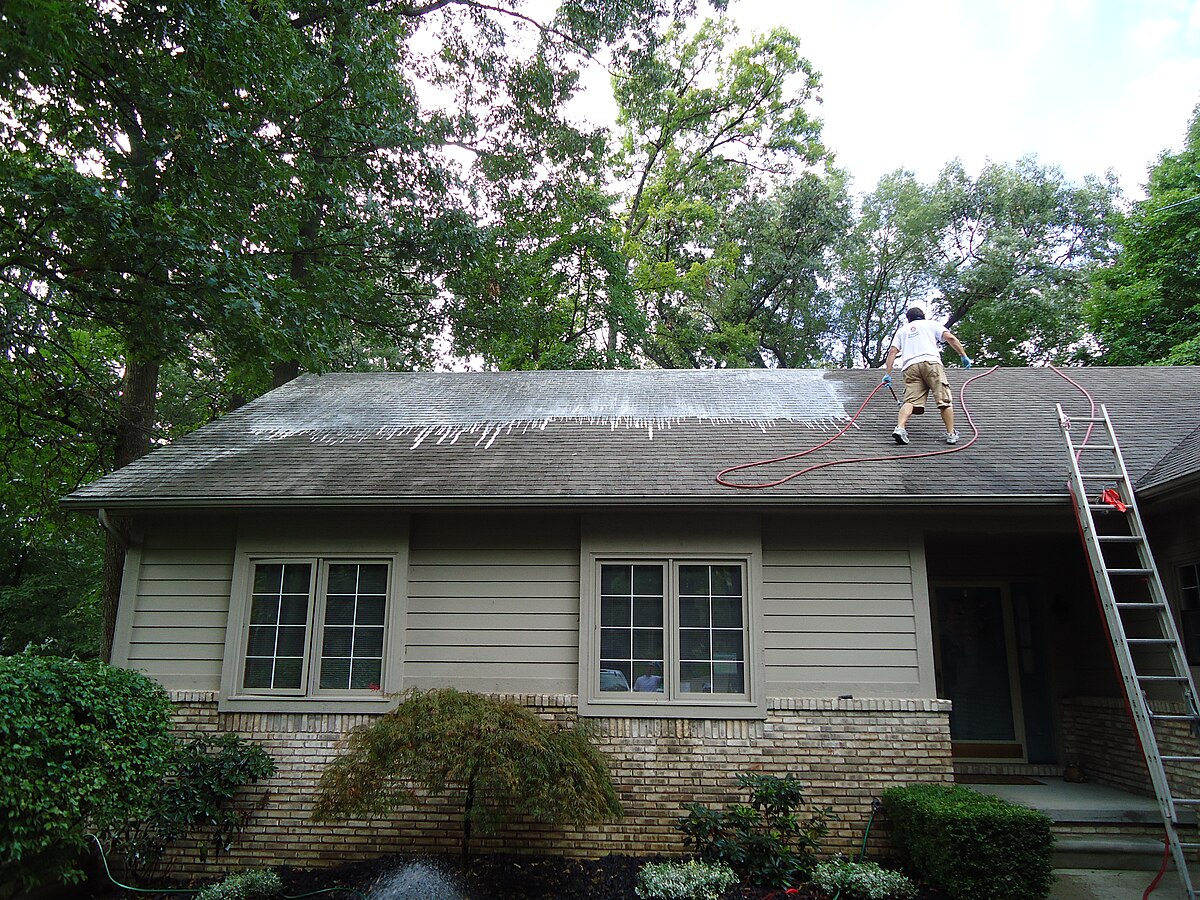Wall washing can damage paint if you aren’t careful. Excessive water or harsh cleaners might cause paint to peel or fade, especially if you’re using flat finishes. Abrasive scrubbing can leave marks, and hot water can soften the paint, making it vulnerable. To avoid damage, use mild detergent with warm water and a soft cloth for cleaning. Test a small area first to verify there are no adverse reactions. Proper technique and regular maintenance can keep your walls looking fresh and vibrant. For tips on verifying your paint lasts longer, there’s more to uncover.
Understanding Wall Washing Techniques
Wall washing techniques can transform the look of your space, but it’s essential to understand how to do it correctly.
You’ll want to start by selecting the right lighting; soft, diffused light creates a warm and inviting atmosphere.
Position your lights at an angle to wash the walls evenly, ensuring no harsh shadows disrupt the flow.
Take your time to adjust the height and distance of your fixtures, as this can dramatically affect the visual impact.
Always consider the color and texture of your walls, as they’ll interact with the light.
Types of Paint and Their Durability
When choosing paint for your walls, it’s important to reflect on both the type and its durability, as this can greatly influence the longevity and appearance of your space.
There are several types of paint to evaluate. For high-traffic areas, opt for latex paint, known for its durability and washability. If you’re looking for a more elegant finish, oil-based paint offers a rich look but can be less forgiving when it comes to touch-ups.
For kitchens and bathrooms, semi-gloss or satin finishes resist moisture and stains effectively.
Potential Risks of Wall Washing
Although wall washing can refresh your space, it carries potential risks that can damage your paint. If you use too much water or an overly abrasive cleaner, you might find the paint starts to peel or fade.
Even gentle scrubbing can lead to scuff marks, house cleaning cambridge especially on flat or matte finishes. You’ll also want to be cautious with the temperature of the water; hot water can soften paint, making it vulnerable to damage.
Ultimately, neglecting to properly protect your floors and furniture can lead to unintended stains or water damage. By being aware of these risks, you can guarantee that your efforts to serve and beautify your space don’t backfire.
Proceed with care, and your walls will thank you!
Best Practices for Cleaning
To guarantee your walls stay in great shape during cleaning, start by using a mild detergent mixed with warm water. This gentle solution helps lift dirt without damaging the paint.
Use a soft cloth or sponge to apply the mixture, working in small sections. Always test a small, inconspicuous area first to verify there’s no adverse reaction.
When you finish cleaning an area, rinse it with plain water to remove any detergent residue, which can dull the paint over time.
Avoid using abrasive tools or harsh chemicals, as they can scratch or strip the paint.
Finally, dry the walls with a clean, dry cloth to prevent streaks and water spots. Following these steps will help you serve your walls well.
Maintaining Paint Longevity
Maintaining the longevity of your paint requires consistent care and attention. To serve your space well, start by regularly dusting and wiping down walls to prevent dirt buildup.
When washing, opt for gentle cleaners and soft cloths to avoid damaging the surface. Keep an eye out for scuffs or stains; addressing them quickly can save you from more extensive touch-ups later.
Guarantee proper ventilation in your rooms, as humidity can affect paint integrity. If you’re rearranging furniture, use felt pads to prevent scratches.
Finally, consider periodic repaints every few years to refresh the look and protect the underlying surfaces. By taking these steps, you’ll not only enhance your environment but also show care for those who enjoy it.
Conclusion
While wall washing can rejuvenate your space, it can also jeopardize your paint’s integrity if not done correctly. Picture the gleaming walls that shine after a thorough wash, but then imagine the peeling paint that follows a careless scrub. To enjoy the benefits without the drawbacks, follow best practices and understand your paint’s durability. With the right approach, you can maintain that fresh look without sacrificing the longevity of your walls.
